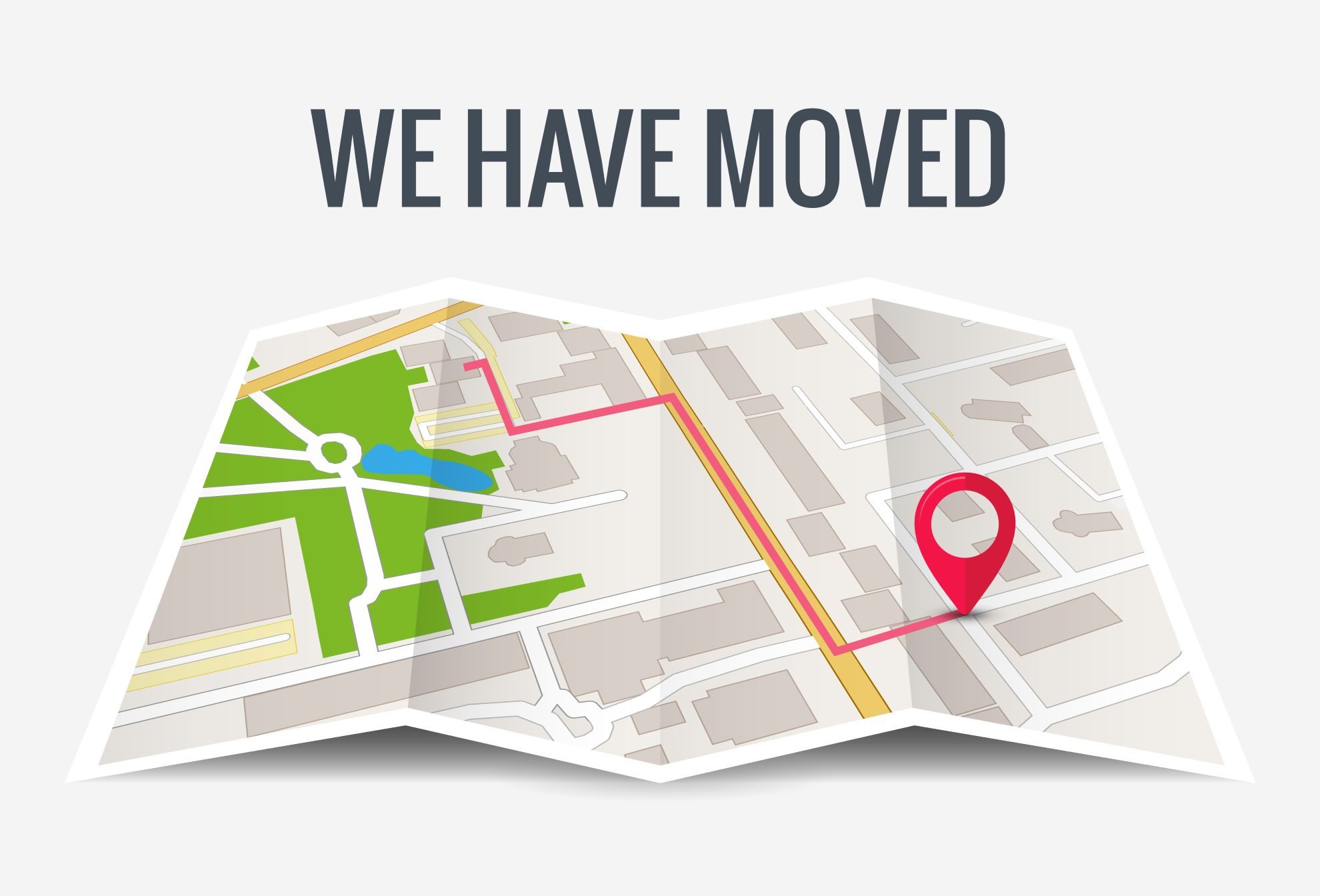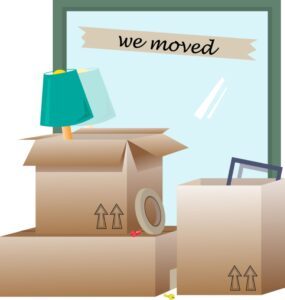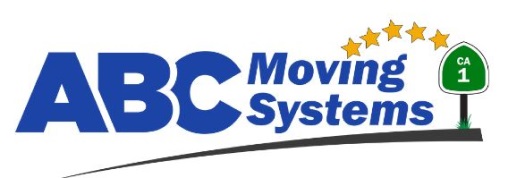
How to Plan a Successful Office Move *
To plan a successful office move move requires careful consideration and strategic planning. From logistics to communication, various aspects contribute to a seamless transition. This ABC Moving Systems guide outlines key steps to help you navigate the intricacies of relocating your office space efficiently and effectively.
Timeline: Planning the Phases of Your Office Move

Creating a comprehensive timeline is essential for a successful office move. Begin by establishing a clear start date and a desired completion date. Break down the move into phases, focusing on tasks like packing, furniture disassembly, and IT setup. Assign responsibilities to team members or departments for each phase.
Allow ample time for packing and sorting through items to avoid last-minute rush. Notify your employees about the upcoming move well in advance, outlining the timeline and their involvement. Coordinate with vendors, such as movers and contractors, aligning their schedules with your timeline.
During the move, keep communication channels open to address unexpected delays or issues. Once everything is in the new space, allocate time for unpacking, organizing, and testing IT systems. The timeline should also encompass a post-move adjustment period, during which you can address any challenges that arise in the new environment.
When plan a successful office move by crafting a detailed timeline, you ensure that every step of the move is accounted for and executed efficiently, minimizing disruptions and keeping your business operations running smoothly.
Budgeting: Allocating Resources for a Smooth Office Move

Budgeting is a critical aspect of planning an office move. Proper financial planning ensures a seamless transition without unexpected expenses. Consider the following steps to create a comprehensive budget:
- Assessment: Evaluate your current and future space needs, identifying potential costs associated with the new location.
- Cost Breakdown: Break down expenses into categories such as moving services, IT infrastructure setup, office furniture, and potential renovations.
- Vendor Quotes: Obtain quotes from moving companies, IT specialists, and any other relevant vendors to estimate costs accurately.
- Contingency Fund: Set aside a portion of the budget for unforeseen expenses or emergencies.
- Communication: Ensure stakeholders are aware of the budget constraints and encourage cost-conscious decisions.
- Prioritization: Allocate funds based on priority tasks, focusing on critical aspects like IT and employee comfort.
- Tracking: Maintain a record of all expenses throughout the process to stay on top of the budget.
By meticulously planning your budget, you can navigate the financial aspects of the office move confidently and prevent any financial surprises. ABC Moving Systems recommends careful budgeting for your move.
Space Design: Optimizing Your New Office Layout

Strategically designing your new office space is vital for productivity and employee satisfaction. Here are key points to consider:
Begin by assessing the needs of different teams and departments. Determine the required space for workstations, meeting rooms, collaborative areas, and break spaces.
Prioritize flexibility and adaptability. Opt for modular furniture and layout arrangements that can accommodate future growth or changes in work dynamics.
Ensure ergonomic design by selecting comfortable furniture, providing proper lighting, and arranging workstations to minimize strain.
Promote collaboration by placing team members in close proximity and incorporating collaborative zones equipped with necessary tools and technology.
Consider branding and aesthetics. Align the design with your company’s identity while creating a welcoming atmosphere for both employees and visitors.
Involve employees in the design process. Gather feedback to tailor the new space to their needs and preferences.
Collaborate with designers and architects to bring your vision to life, keeping functionality and flow in mind.
Regularly review and refine the design to address any issues that arise post-move.
By thoughtfully planning the layout of your new office space, you can enhance employee satisfaction, collaboration, and overall efficiency.
IT Infrastructure: Ensuring Seamless Tech Transition
- Assessment: Evaluate current IT systems and identify what needs to be transferred, upgraded, or replaced.

Prepare and Pre-plan With Service Providers - Early Planning: Include IT considerations in the initial planning stages to allocate sufficient time and resources.
- IT Team Involvement: Collaborate with your IT department or specialists to plan the technical aspects of the move.
- Equipment Handling: Safely disconnect, label, and pack IT equipment to prevent damage during the move.
- Cabling and Connectivity: Plan for network and cabling setup in the new space, ensuring seamless connectivity.
- Testing and Setup: Prioritize setting up essential IT systems before employee relocation for a smooth start.
- Data Backup: Implement thorough data backup and security measures to prevent data loss during the move.
- Training: Provide training to employees on any new systems or technologies introduced during the move.
- Support: Have IT support available on the move day and during the transition period to address issues promptly.
A well-organized approach to your IT infrastructure ensures that your business operations continue without disruption post-move.
Communication Plan: Keeping Everyone Informed

A robust communication plan is crucial for a smooth office move. Clear and timely communication helps manage expectations and reduces uncertainty among employees and stakeholders. Here’s how to create an effective communication strategy:
Begin by designating a communication team responsible for disseminating information related to the move.
Identify key messages, such as the move timeline, reasons for the move, and how it will affect employees.
Use various communication channels—email, meetings, posters—to reach different audiences and ensure broad awareness.
Regularly update employees about the progress of the move and any changes to the plan.
Address concerns and questions through dedicated communication channels, fostering transparency.
Provide ample opportunities for feedback and suggestions to make employees feel involved and valued.
Offer guidance on preparing for the move, including packing guidelines and IT setup instructions.
Consider organizing town hall meetings or Q&A sessions to address any uncertainties and gather input.
By maintaining open lines of communication, you create a sense of trust and unity among your team during the transition.
Logistics: Executing a Seamless Move

Efficient logistics are pivotal to help plan a successful office move. Consider the following logistics-focused steps:
- Inventory: Create a comprehensive inventory of all items to be moved, ensuring nothing gets lost or misplaced.
- Packing Materials: Gather sufficient packing materials like boxes, bubble wrap, and labels to protect belongings.
- Labeling: Clearly label all boxes with their contents and designated location in the new space.
- Movers: Hire a reputable moving company with experience in office relocations.
- Scheduling: Coordinate move dates with the moving company, aligning with your established timeline.
- Floor Plan: Provide the moving team with a detailed floor plan for efficient placement of furniture and equipment.
- Supervision: Appoint a move coordinator to oversee the logistics on the day of the move.
- Checklists: Distribute checklists to employees to ensure they pack and prepare their workspaces properly.
- Unpacking: Plan the unpacking process, prioritizing essential areas for quick setup.
Streamlined logistics minimize disruptions, ensuring your office move progresses seamlessly from start to finish.
Employee Engagement: Involving Your Team for a Smoother Move

Engaging employees throughout the office move process is vital for their well-being and a successful transition. Here’s how ABC Moving Systems recommends ensuring their active participation:
Begin by informing employees well in advance about the move, outlining the reasons and benefits.
Solicit their input on aspects like space design, amenities, and facilities to create a sense of ownership.
Provide clear instructions on packing procedures and timeline, helping them prepare effectively.
Organize informational sessions or workshops to address concerns, explain the move’s logistics, and answer questions.
Consider appointing “move champions” within different teams to help disseminate information and support colleagues.
Encourage open communication channels for feedback, allowing employees to express their thoughts and worries.
During the move, offer assistance and support to ease any challenges they may face.
Celebrate milestones throughout the process, fostering a positive atmosphere and enthusiasm.
Once the move is complete, gather feedback to assess the transition and identify areas for improvement.
By involving employees in the planning and execution of the office move, you create a smoother transition and boost overall morale.
Post-Move Evaluation: Reflecting and Improving
- Assessment: Reflect on the entire move, identifying what went well and areas that need improvement.

Relocate and relax - Feedback Gathering: Collect feedback from employees about their experiences and challenges during the move.
- Performance Review: Evaluate how well the established timeline and budget were adhered to.
- Functionality Check: Ensure that all IT systems, equipment, and amenities are working as intended.
- Employee Comfort: Assess whether the new space meets employees’ needs for comfort, collaboration, and productivity.
- Lessons Learned: Document key takeaways and insights to inform future moves or adjustments.
- Adjustments: Implement necessary changes based on the evaluation to optimize the new workspace further.
Conducting a thorough post-move evaluation helps refine your approach for future relocations and ensures a continuously improved work environment.
How to Plan a Successful Office Move – An Overview:
In conclusion, orchestrating a successful office move necessitates meticulous attention to timelines, budgets, design, IT, communication, logistics, employee involvement, and post-move analysis. By addressing these facets thoughtfully, ABC Moving Systems has seen that you can plan a successful office move that minimizes disruptions and sets your team up for continued success in the new workspace.

